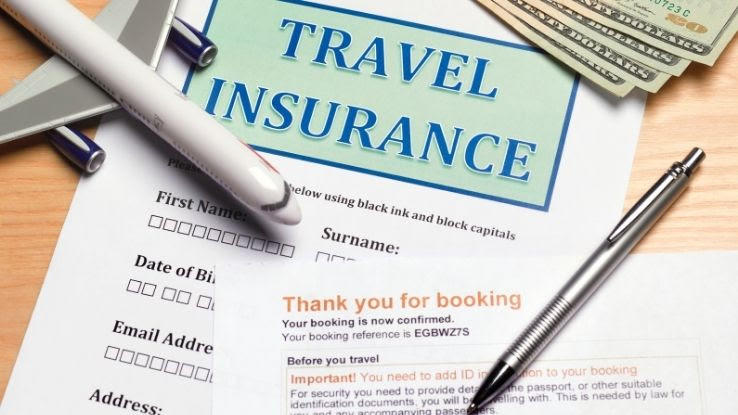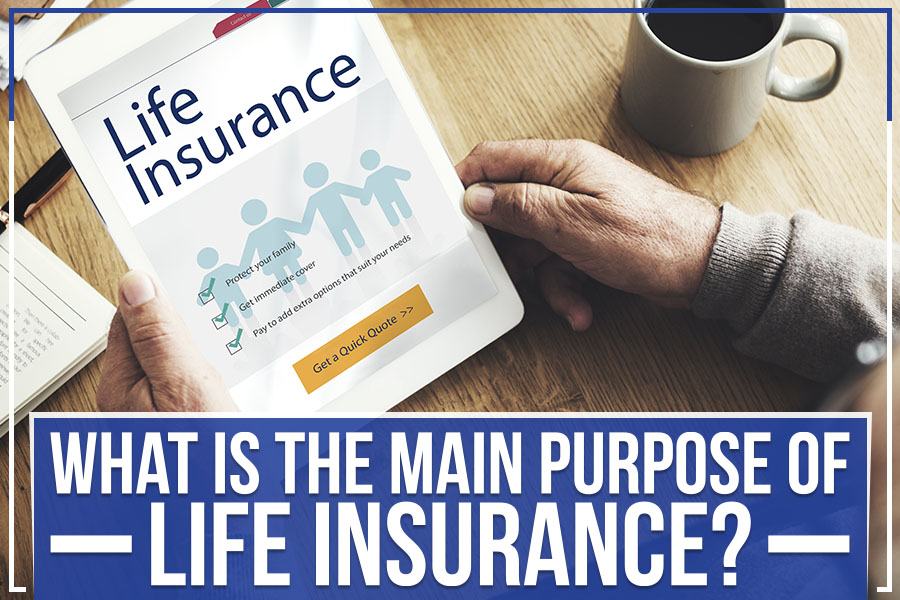The 5-Minute Rule for Pacific Prime
The 5-Minute Rule for Pacific Prime
Blog Article
The Best Strategy To Use For Pacific Prime
Table of ContentsSee This Report about Pacific PrimeThe Buzz on Pacific PrimeIndicators on Pacific Prime You Should KnowAll About Pacific PrimeGetting My Pacific Prime To Work

This is due to the fact that the information were collected for a period of solid economic performance. Of the estimated 42 million individuals who were without insurance, almost about 420,000 (regarding 1 percent) were under 65 years old, the age at which most Americans end up being eligible for Medicare; 32 million were adults in between ages 18 and 65, around 19 percent of all grownups in this age; and 10 million were youngsters under 18 years of age, regarding 13.9 percent of all youngsters (Mills, 2000).
These estimates of the number of individuals without insurance are generated from the yearly March Supplement to the Present Populace Study (CPS), conducted by the Demographics Bureau. Unless otherwise kept in mind, national estimates of individuals without wellness insurance and percentages of the populace with different kinds of protection are based upon the CPS, one of the most extensively used source of quotes of insurance policy protection and uninsurance prices.
Not known Facts About Pacific Prime

Still, the CPS is especially helpful since it produces yearly price quotes fairly promptly, reporting the previous year's insurance policy coverage estimates each September, and due to the fact that it is the basis for a constant collection of quotes for more than two decades, enabling for analysis of trends in coverage with time. For these factors, as well as the comprehensive use the CPS in other researches of insurance coverage that are offered in this record, we count on CPS price quotes, with constraints kept in mind.

The estimate of the variety of uninsured individuals expands when a populace's insurance coverage status is tracked for a number of years. Over a three-year period starting early in 1993, 72 million people, 29 percent of the united state population, were without coverage for at least one month. Within a solitary year (1994 ), 53 million people experienced a minimum of a month without insurance coverage (Bennefield, 1998a)
6 out of every ten without insurance grownups are themselves employed. Although functioning does enhance the chance that a person and one's relative will have insurance coverage, it is not a guarantee. Also members of family members with two full time breadwinner have almost a one-in-ten opportunity of being without insurance (9.1 percent without insurance rate) (Hoffman and Pohl, 2000).
Pacific Prime for Beginners
New immigrants represent a substantial percentage of individuals without medical insurance. One analysis has connected a significant part of the current development in the size of the united state without insurance populace to immigrants who arrived in the nation in between 1994 and 1998 (Camarota and Edwards, 2000). Current immigrants (those who pertained to the USA within the previous four years) do have a high rate of being uninsured (46 percent), however they and their kids represent just 6 percent of those without insurance coverage across the country (Holahan et al., 2001).
The relationship between medical insurance and access to care is well established, as recorded later on in this phase. The partnership between health insurance and health end results is neither straight nor easy, a comprehensive medical and health and wellness services research literary works web links health and wellness insurance coverage to improved accessibility to care, much better high quality, and enhanced personal and populace health and wellness status.
Levels of evaluation for analyzing the impacts of navigate to this site uninsurance. This discussion of wellness insurance coverage concentrates mostly on the U.S. populace under age 65 since essentially all Americans 65 and older have Medicare or various other public coverage. Furthermore, it concentrates specifically on those with no wellness insurance coverage for any size of time.
The Best Guide To Pacific Prime
The troubles faced by the underinsured are in some aspects similar to those faced by the without insurance, although they are typically much less serious. maternity insurance for expats. Uninsurance and underinsurance, however, include distinctly various policy issues, and the strategies for addressing them may vary. Throughout this research study and the 5 records to comply with, the main focus is on persons without wellness insurance coverage and therefore no support in paying for healthcare beyond what is available via charity and safety and security web establishments
Medical insurance is an effective aspect impacting receipt of treatment because both clients and physicians react to the out-of-pocket cost of services - https://pacificpr1me.bandcamp.com/album/pacific-prime. Medical insurance, nonetheless, is neither needed nor enough to gain accessibility to clinical solutions. The independent and direct effect of health and wellness insurance coverage on accessibility to wellness services is well established.
Others will certainly obtain the healthcare they need also without health insurance, by spending for it out of pocket or seeking it from providers that provide treatment complimentary or at highly subsidized rates. For still others, wellness insurance coverage alone does not ensure receipt of treatment as a result of other nonfinancial obstacles, such as a lack of health and wellness care suppliers in their community, restricted accessibility to transportation, illiteracy, or etymological and social differences.
Things about Pacific Prime
Official research about uninsured populaces in the USA dates to the late 1920s and very early 1930s when the Board on the Price of Healthcare generated a series of reports about financing medical professional office brows through and hospital stays. This problem came to be salient as the numbers of medically indigent climbed during the Great Anxiety.
Report this page